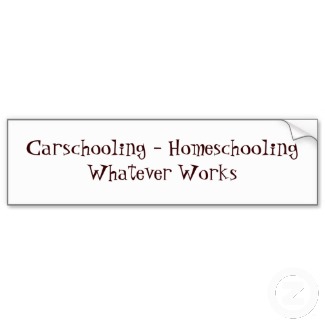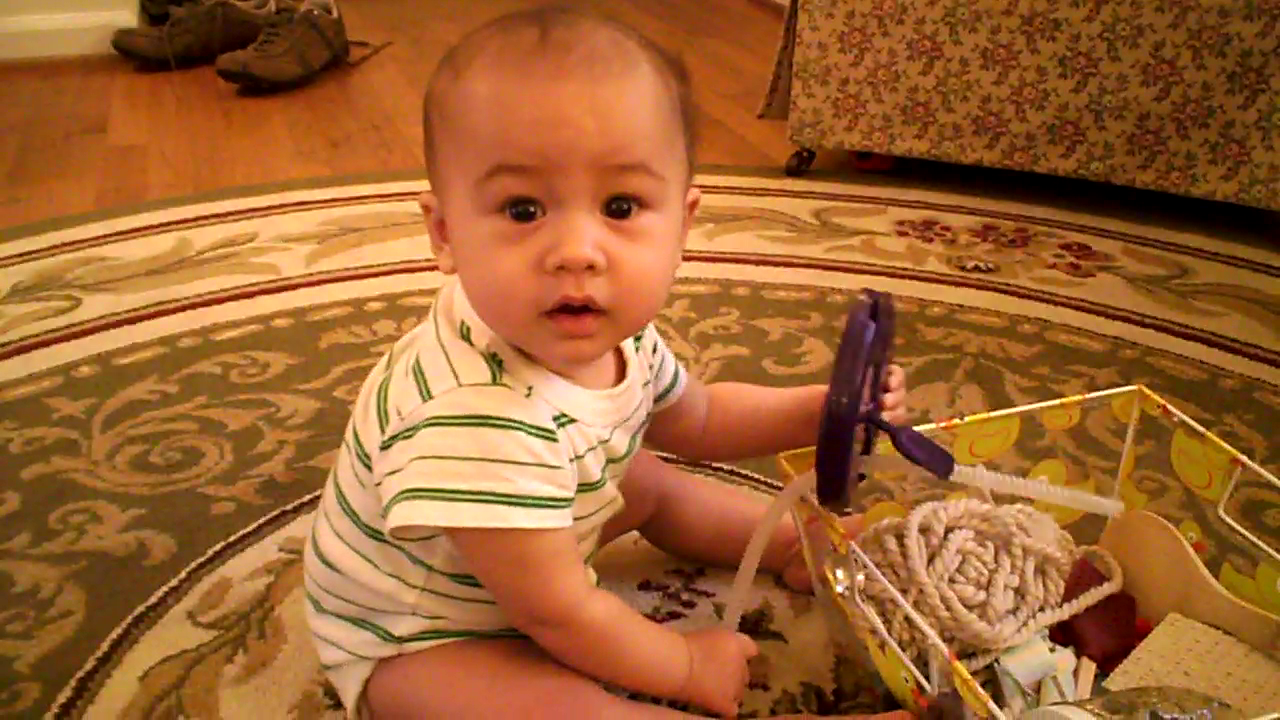 The most common approach that I found among homeschoolers was an eclectic approach. This was comprised of families using unit studies, boxed curriculum, various workbooks, hands on learning, audio/video materials, computer based learning, and resources from outside the home. Some characteristics include:
The most common approach that I found among homeschoolers was an eclectic approach. This was comprised of families using unit studies, boxed curriculum, various workbooks, hands on learning, audio/video materials, computer based learning, and resources from outside the home. Some characteristics include:
- one of the most common forms of homeschooling
- families mix different styles and philosophies to choose a variation that works for them
- student's interests typically are focused on, as well as the parent's teaching style
- the way of schooling is forever evolving to fit the family's needs
Here is a small glimpse into the life of one eclectic homeschooler:
1. What would you declare is your style or philosophy of home education and why?
More Eclectic than anything else. We tried a homeschool school, but it was very tedious. I discovered very quickly that trying to have school at home wasn’t going to work. I started using the curriculum I’d already paid for to teach my children myself, but I had to tweak it to death. When it was time to do a new year, I decided that, if I had to tweak a prepared curriculum that cost so much, I could buy a textbook for less than $20 and tweak that. Then, we could use the extra money for things like athletics and field trips.
2. What does an average day of schooling/unschooling look like in your home?
We usually get up around 8:00am, though I sometimes get lucky. We get ready for the day – breakfast, getting dressed, etc. – and then my daughters (aged 6 and 8) play for a bit. We start school with pledges to the American and Christian flags, a short devotional, and prayer. We study science, reading, spelling and vocabulary for around 1.5 hours in the morning. We break 2 hours or more for lunch, then study grammar, math, and history. Followed by a walk a couple times of week, if they don’t have anything else (sports, gym class) going on. That usually takes around 1.5 hours. Fridays, we break things up with journaling, art projects, field trips.
Our ‘classroom’ is the living room. My daughters are just a year apart in school, so it’s easier on me to sit between them on the sofa, switching between them to instruct them.
3. Have you ever used a different philosophy or homeschool style in your journey?
I tried video homeschool when I first started out. My kids were bored out of their minds.
4. Why did you change styles?
I realized that my daughters were bored and were starting to hate school, so I chose to start teaching the material myself. When I did that, it hit me that the material was boring to them, I started trying to make things more interesting for them. Looking around the internet, I realized that teaching from textbook curriculum would be no more difficult than what I had been doing, and that it made much more sense economically.
5. What resources do you utilize outside of your home for educational purposes? (ie: museums, programs, co-ops, cottage schools)
We belong to a homeschool group that organizes field trips, parties, etc. , and it provides an opportunity to hang out with other kids their age. We also use the library, museums, farms, stores, etc., for field trips.





